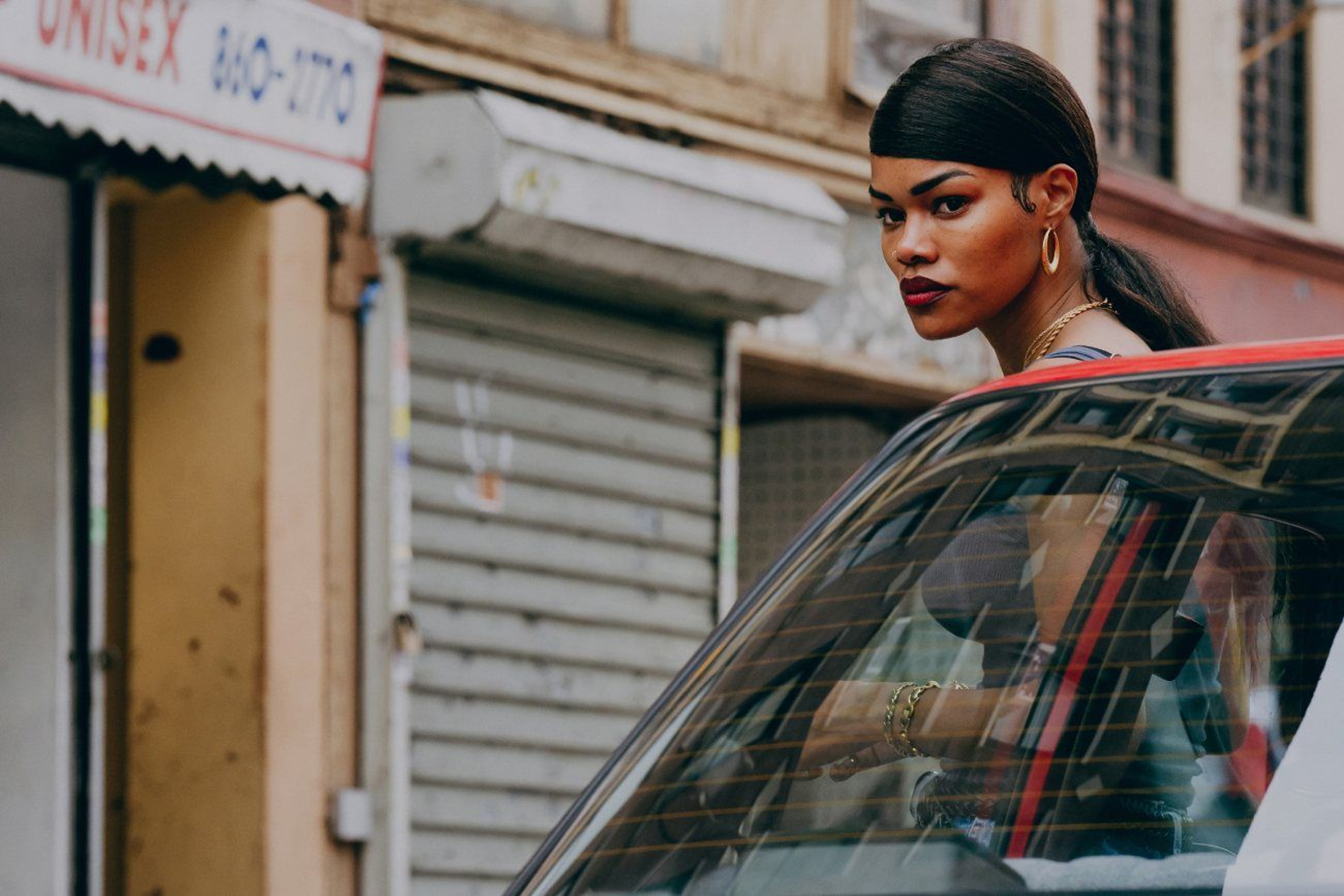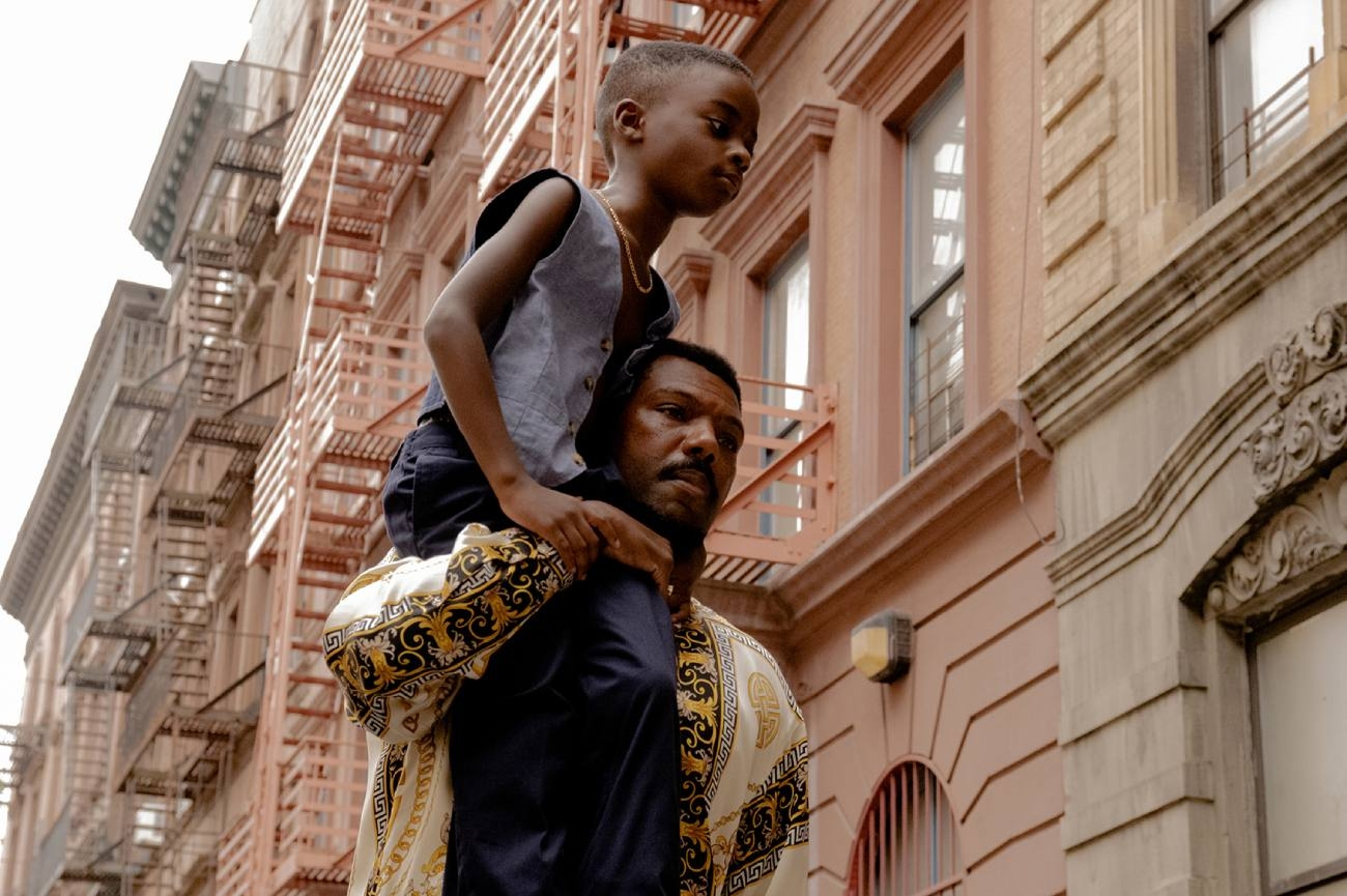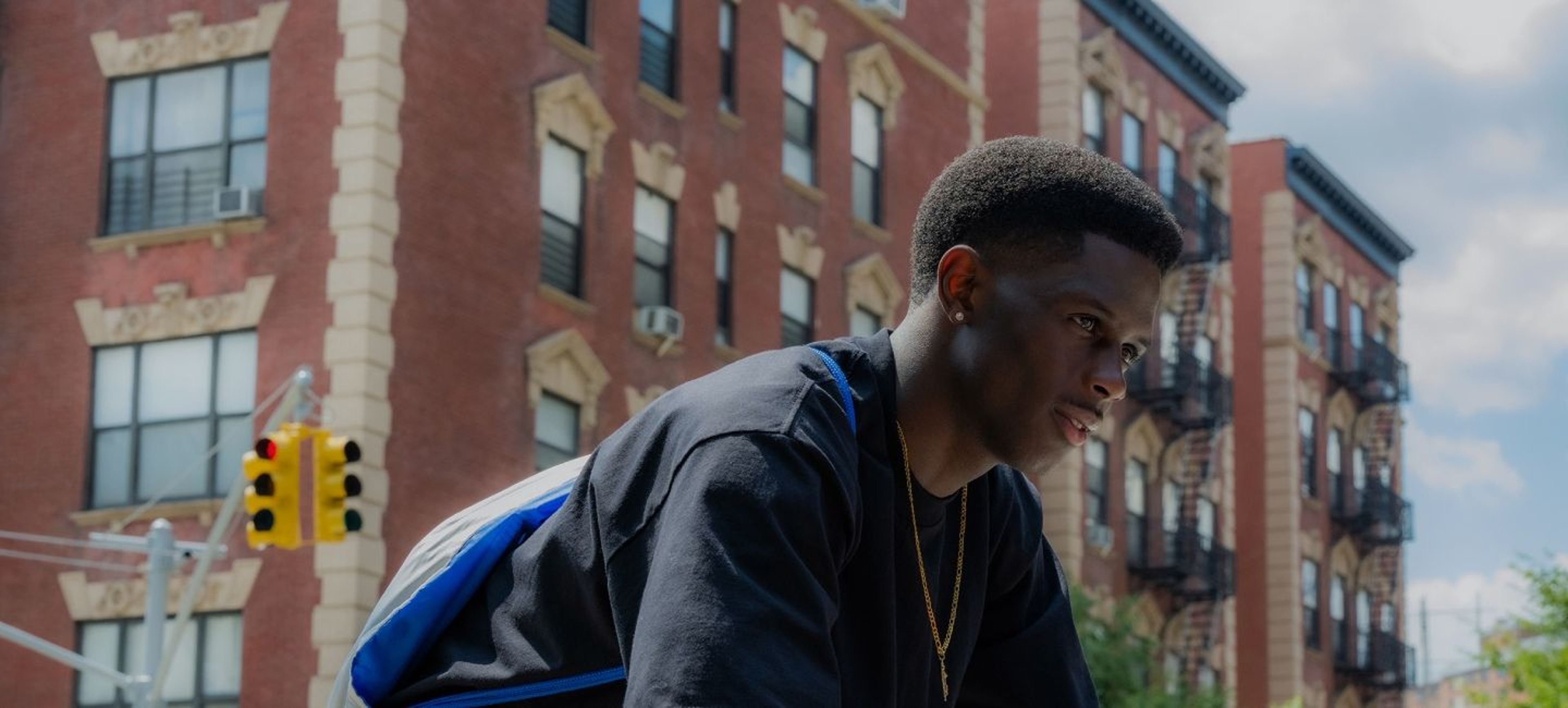In her award-winning debut feature A Thousand and One, writer-director A.V. Rockwell crafts a moving story of a mother and son against the changing economic landscape of contemporary New York City.
Kidnapping her son, Terry, from foster care, Inez (Teyana Taylor) moves to Harlem, where she finds an apartment for the two of them. As Terry (played successively by Aaron Kingsley Adetola, Aven Courtney, and Josiah Cross) grows into a man, Inez struggles to maintain a home and livelihood as gentrification slowly erodes the neighborhood.
Rockwell recruited veteran production designer Sharon Lomofsky, who has created diverse looks for independent films and innovative television shows since 1994, to shape the look of Inez’s world. From scouting historically appropriate locations to tweaking the details of her Harlem apartment, Lomofsky captured the emotional reality of this mother and child. “By putting so much care into the world around them, we come to care about Inez and Terry,” writes RogerEbert.com.
We spoke with Lomofsky about what drew her to the film, the difficulty of capturing New York City in the ‘90s, and what makes A Thousand and One essential viewing.
The official trailer for A Thousand and One

Teyana Taylor in A Thousand and One
How did you get involved with doing the production design for A Thousand and One?
I received the script early in the summer from my agent, and I just loved the story. The initial hook—besides the emotional roller coaster it takes one on—was that the story never went where one expected. I was so moved, and I cried in the end. Inez’s strength was an amazing testament to the strength that women and mothers have in this world. I believed in the script 100%.
Were you already acquainted with A.V. Rockwell or her work?
I had not met A.V. before, but we instantly clicked. I had watched the short she made and loved her sensibility.
What conversations did you have with her at the outset of the project about what she was looking for with the production design?
We spoke about New York City and Harlem in the ‘90s and its later gentrification. I loved the grit of the city in the ‘90s. We also talked about Inez’s apartment. It's hard to remember everything we talked about, but we were certainly on the same page.
How did you approach designing for the different periods in which the story takes place?
My biggest challenge was the budget. We were on a small budget for a period show, so I had to keep things relatively simple. This narrowed down my choices. We also did extensive location scouting finding little sections in New York City that felt like the correct period that needed the minimal number of changes. We searched from the Bronx to East Brooklyn, but found a lot less of New York from the '90s than we thought.
What was the overall mood or atmosphere you set out to capture?
We wanted a controlled and somewhat stylized palette while keeping everything very real. We gave the earlier New York City a gritty feel but with warmth, color, and charm. We wanted texture in the production design and wardrobe and used specific colors and tones for specific characters.
In the 2000s, our palette changed to reflect a cold steel-and-glass world. Wardrobe fabrics became more synthetic as Inez became part of the working class. When gentrification took over in the 2000s, the palette became sharper and cooler.
In what ways did Inez’s apartment reflect her state of mind and how does the look of the space change over time?
A.V. had a very strong sense of the layout that she wanted for the apartment. So we originally wanted to build it on a soundstage. Unfortunately, the budget did not allow for a stage build. We finally settled on an apartment in Harlem and turned the dining room into the kitchen. The apartment had to appear like it was affordable but no credit or references were needed. It was much easier to get an apartment in the ‘90s in New York City. I got mine with a deposit and I had no credit or even a bank account, so I knew what was believable.
The apartment started bare bones, unpainted, and run down. As Inez's interior and exterior life improved, the apartment did too. She painted it and bought the nicest furniture that she could afford. She made the best home she could for Lucky and Terry. We managed to find things on Craigslist and vintage shops. We had an amazing set decorator, Lauren Crawford, who really understood the world in which Inez lived.

Aaron Kingsley Adetola and Will Catlett in A Thousand And One
How would you characterize A.V. as a creative collaborator?
A.V. was so inspiring to work with. She had put so much research into the eras and making it look good was important. We spent many hours weaning down all our photo references until we had a palette and a look for the show. She also had a great sense of her characters and their surroundings.
Scouting was sometimes frustrating. Often the location was not exactly what she wanted, but when it felt right, she knew it straight away.
Were there specific references you looked to for inspiration?
I looked at many photography books, including Camilo José Vergara's The Unmaking of a Ghetto, Snorri Bros' Laundromat, James and Karla Murray’s Store Front: The Disappearing Face of New York, as well as books on Gordon Parks and Harlem storefronts. I watched movies like Fresh and Die Hard With a Vengeance, which were excellent for Harlem in the '90s. Paris is Burning was a good reference for what the Lower East Side looked like. The artist Lynette Yiadom-Boakye was my favorite fine art reference.
What would you like audiences to take away from the film?
We have to look at what happened to the fabric of New York City. How much the city is run by wealth today and how alienating that is for people who don't have money. A.V. says, “It's a testament to Black women and women all around the world who hold it all together.”
This interview has been edited and condensed for clarity.
